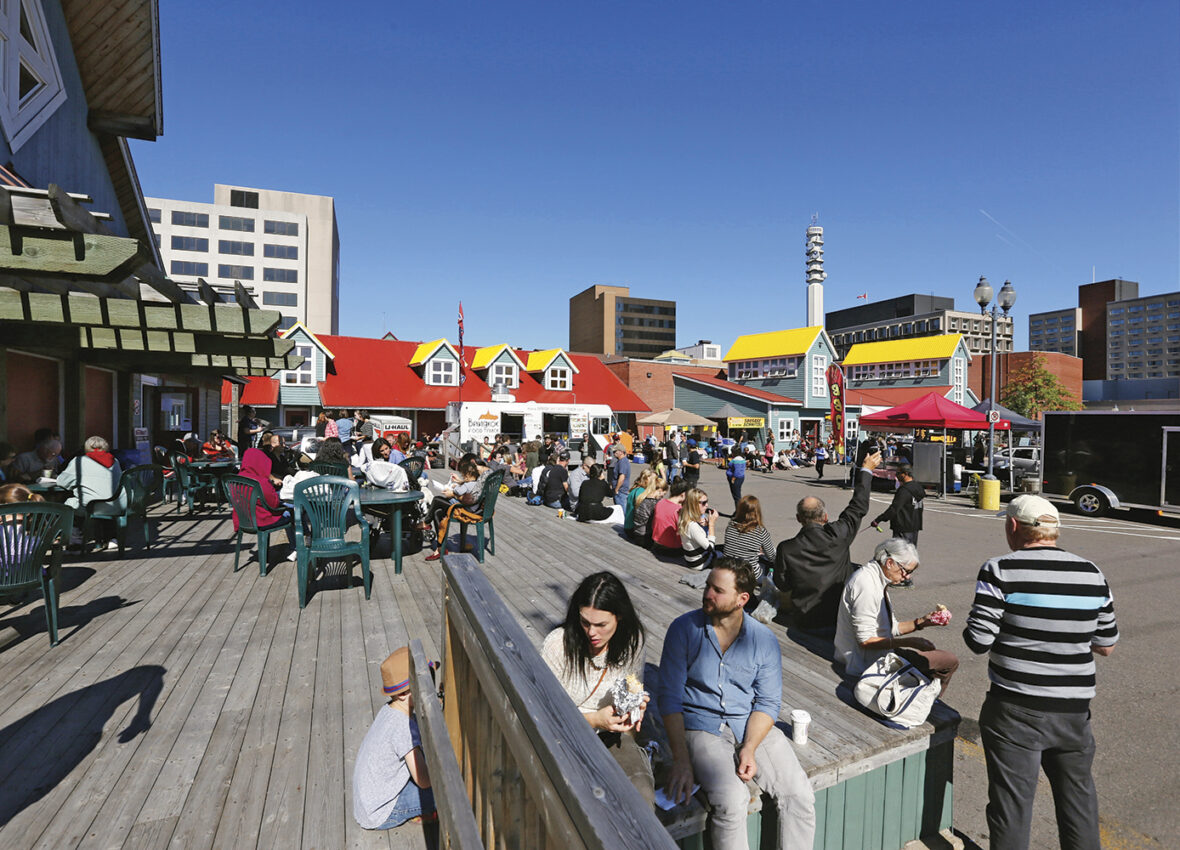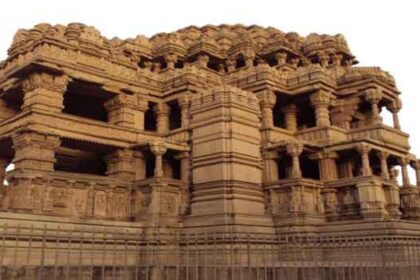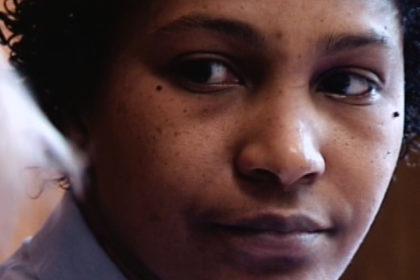Moncton is one of three major urban centres in the Canadian province of New Brunswick, along with Saint John and the capital city of Fredericton. Situated in the Petitcodiac River Valley, Moncton lies at the geographic centre of the Maritime Provinces. Take a look below for 30 interesting and amazing facts about Moncton, New Brunswick, Canada.
1. The city has earned the nickname “Hub City” because of its central inland location in the region and its history as a railway and land transportation hub for the Maritimes.
2. The city proper has a population of 71,889 (2016) and a land area of 142 km2 (55 sq mi).
3. Greater Moncton has a population of 144,810 (2016), making it the largest city and census metropolitan area (CMA) in New Brunswick, and the second-largest city and CMA in the Maritime Provinces.
4. The CMA includes the neighbouring city of Dieppe and the town of Riverview, as well as adjacent suburban areas in Westmorland and Albert counties.
5. Although the Moncton area was first settled in 1733, Moncton was officially founded in 1766 with the arrival of Pennsylvania Dutch immigrants from Philadelphia. Initially an agricultural settlement, Moncton was not incorporated until 1855.
6. The city was named for Lt. Col. Robert Monckton, the British officer who had captured nearby Fort Beauséjour a century earlier.
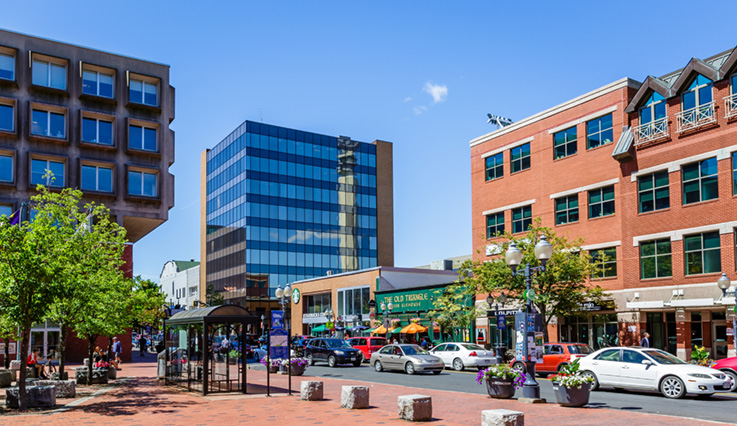
7. A significant wooden shipbuilding industry had developed in the community by the mid-1840s, allowing for the civic incorporation in 1855. However, the shipbuilding economy collapsed in the 1860s, causing the town to lose its civic charter in 1862.
8. Moncton regained its charter in 1875 after the community’s economy rebounded, mainly due to a growing railway industry.
9. In 1871, the Intercolonial Railway of Canada had chosen Moncton as its headquarters, and Moncton remained a railway town for well over a century until the closure of the Canadian National Railway (CNR) locomotive shops in the late 1980s.
10. Although the economy of Moncton was traumatized twice—by the collapse of the shipbuilding industry in the 1860s and by the closure of the CNR locomotive shops in the 1980s—the city was able to rebound strongly on both occasions.
11. The city adopted the motto Resurgo (Latin: I rise again) after its rebirth as a railway town.
12. The city’s economy is stable and diversified, primarily based on its traditional transportation, distribution, retailing, and commercial heritage, and supplemented by strength in the educational, health care, financial, information technology, and insurance sectors.
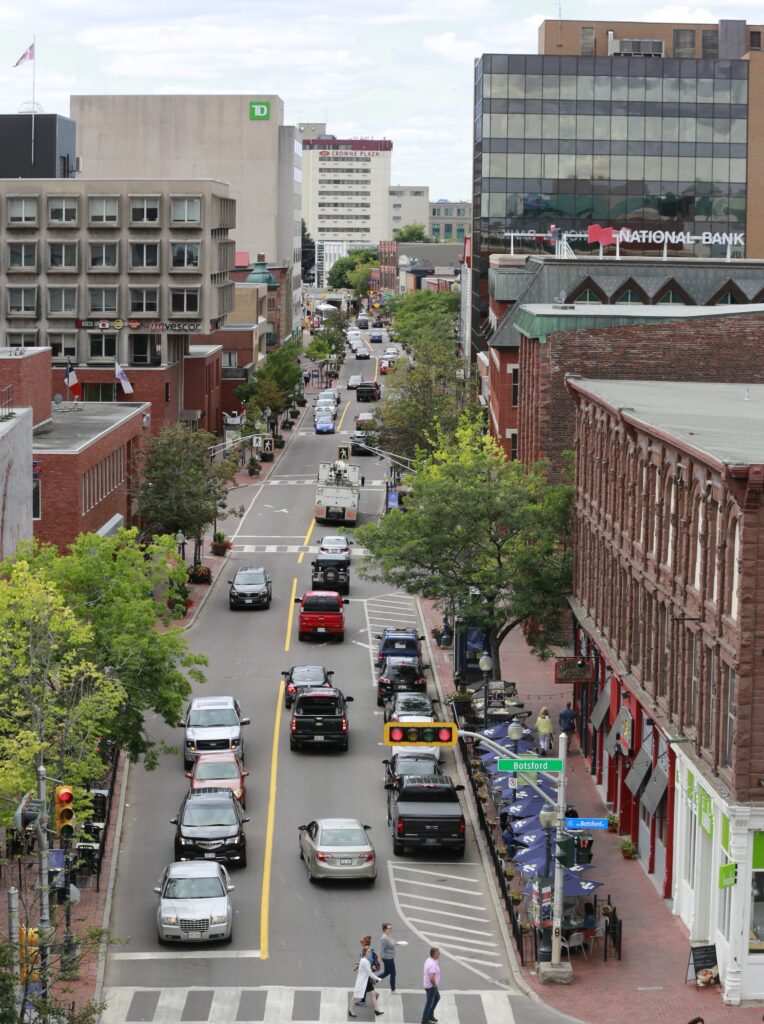
13. The strength of Moncton’s economy has received national recognition and the local unemployment rate is consistently less than the national average.
14. The Petitcodiac River exhibits one of North America’s few tidal bores: a regularly occurring wave that travels up the river on the leading edge of the incoming tide. The bore is as a result of the extreme tides of the Bay of Fundy.
15. Originally, the bore was very impressive, sometimes between 1 and 2 metres (3 ft 3 in and 6 ft 7 in) in height and extending across the 1 kilometre (0.62 mi) width of the Petitcodiac River in the Moncton area.
16. This wave would occur twice a day at high tide, travelling at an average speed of 13 km/h (8.1 mph) and producing an audible roar.
17. Unsurprisingly, the “bore” became a very popular early tourist attraction for the city, but when the Petitcodiac causeway was built in the 1960s, the river channel quickly silted in and reduced the bore so that it rarely exceeds 15 to 20 centimetres (5.9 to 7.9 in) in height.
18. On April 14, 2010, the causeway gates were opened in an effort to restore the silt-laden river.
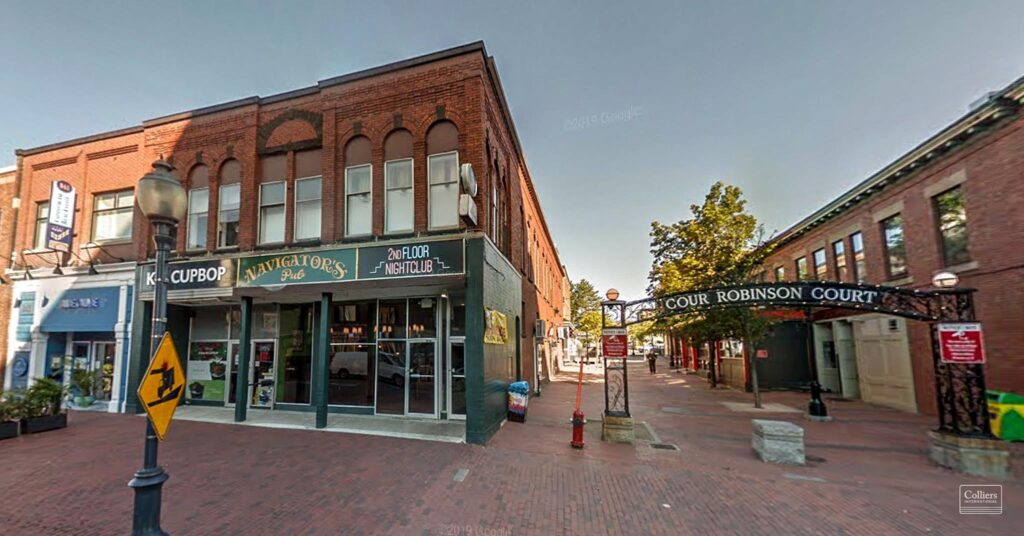
19. Despite being less than 50 km (31 mi) from the Bay of Fundy and less than 30 km (19 mi) from the Northumberland Strait, the climate tends to be more continental than maritime during the summer and winter seasons, with maritime influences somewhat tempering the transitional seasons of spring and autumn.
20. The highest temperature ever recorded in Moncton was 37.8 °C (100 °F) on August 18 & 19, 1935.
21. The coldest temperature ever recorded was −37.8 °C (−36 °F) on February 5, 1948.
22. Moncton’s Capitol Theatre, an 800-seat restored 1920s-era vaudeville house on Main Street, is the main centre for cultural entertainment for the city.
23. The theatre hosts a performing arts series and provides a venue for various theatrical performances as well as Symphony New Brunswick and the Atlantic Ballet Theatre of Canada.
24. The adjacent Empress Theatre offers space for smaller performances and recitals.
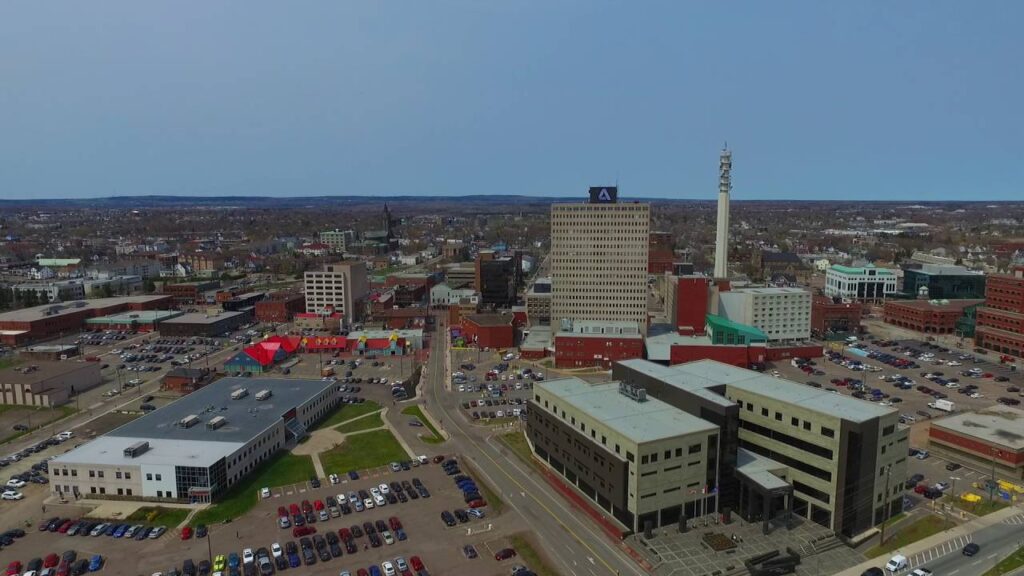
25. The Moncton-based Atlantic Ballet Theatre tours mainly in Atlantic Canada but also tours nationally and internationally on occasion.
26. Théâtre l’Escaouette is a Francophone live theatre company which has its own auditorium and performance space on Botsford Street. The Anglophone Live Bait Theatre is based in the nearby university town of Sackville. There are several private dance and music academies in the metropolitan area, including the Capitol Theatre’s own performing arts school.
27. The Aberdeen Cultural Centre is a major Acadian cultural cooperative containing multiple studios and galleries. Among other tenants, the centre houses the Galerie Sans Nom, the principal private art gallery in the city.
28. In film production, the city has since 1974 been home to the National Film Board of Canada’s French-language Studio Acadie.
29. Moncton hosted the Canadian Interuniversity Sports (CIS) Men’s University Hockey Championship in 2007 and 2008.
30. The World Men’s Curling Championship was held in Moncton in 2009; the second time this event has taken place in the city.

